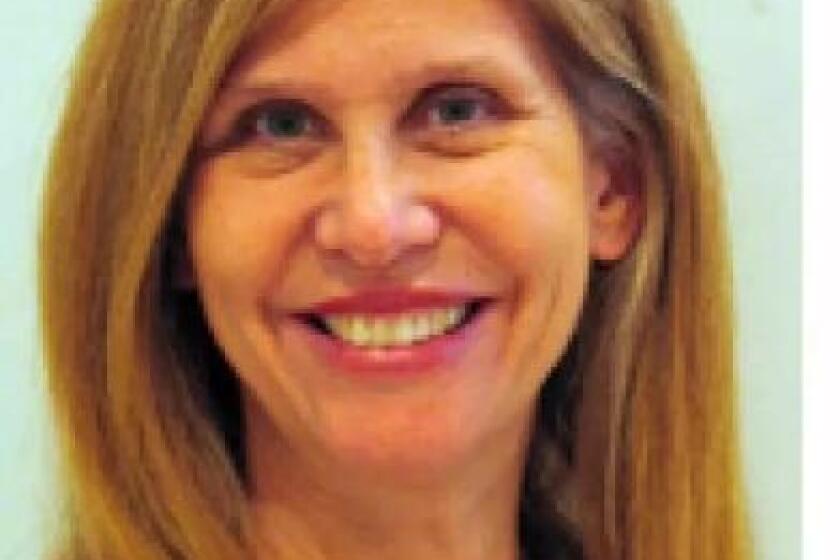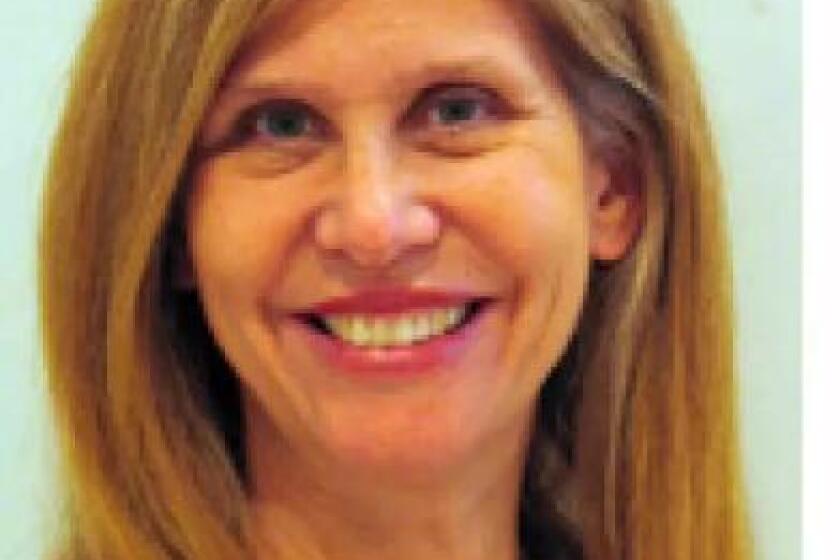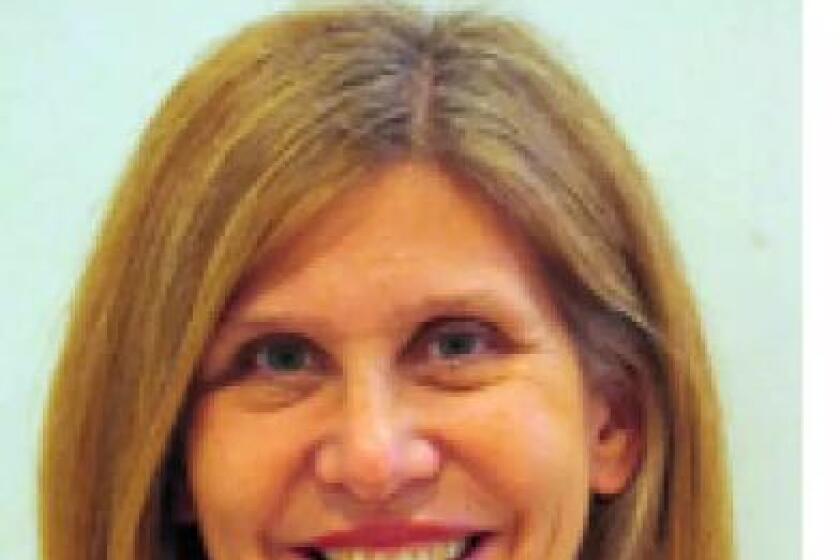Education Matters: Odds and ends
More high schools are focusing on end-of-the-year portfolios “as indicators of whether students have acquired the skills they will need to succeed after graduation,” according to a recent article in EdSource.
Titled “High schools turning to student portfolios to assess academic progress,” the article defines portfolios as a compilation of work or an in-depth research project.
“Portfolios are the end product of months of intense collaboration, research, critical thinking and multiple revisions that students typically present in their senior year,” states the article. “Students have to defend their portfolios before a panel of teachers, fellow students or even outside members of their community. In some high schools, a portfolio is a graduation requirement.”
Educators define portfolios as performance-based rather than standardized assessments which have just one right answer. The portfolio is designed to demonstrate critical thinking, collaboration, refinement and revision, research and presentation skills.
This is a good trend to see, as opposed to grading students by how well they can memorize and spit back the answers on fill-in-the-bubble tests.
Making the grade
While we’re on the subject of grades, high schools should consider awarding grades the same way most colleges do.
An 80 percent and an 89 percent are very different measures of achievement. Yet at San Dieguito and most U.S. schools, both final scores are given a “B” grade.
Clearly, one student excels over the other, yet on paper and in transcripts they are equal.
Without the distinction, what incentive do the 70, 80 or 90 percent students have to raise their grades higher?
At most colleges and universities, incentive is there, with grading as follows:
A+ or A is 4.0, an A- is 3.7
B+ is 3.3, B is 3.0, B- is 2.7
C+ is 2.3, C is 2.0, C- is 1.7
D+ is 1.3, D is 1.0, D- is 0.7
Although it’s been years since those high school days when one of my kids received half a dozen 89.9s (which were never rounded up to an A), it still annoys me.
I didn’t object to the teachers not rounding up, as long as this rule was applied religiously and without favoritism (which frankly was not always the case). But I did object to the 89.9 being the same as an 80. The B+ is different than a B- and should have been recorded as such.
A grading system that takes pluses and minuses into account would also motivate kids to put in more effort if they knew they could raise their B- to a B or a B+ for a higher grade point average.
Some high schools across the nation grade the way colleges do, but very few – and not San Dieguito.
This archaic grading system should be changed to provide a more accurate reflection of student achievement.
UC enrollment caps
A state audit of the University of California system provides evidence that it has veered away from its original mission to primarily serve California students.
As a result, the UC system for the first time is adopting enrollment caps on nonresident applicants.
For years many have claimed that less capable students from others states or nations, who pay much higher tuition, are taking away spots from more qualified in-state students. It’s all about the money.
“The number of students studying at the University of California from other states and nations has skyrocketed in the past decade, from about 5 percent to the current 16.5 percent of all 210,170 undergraduates,” according to a May 18 EdSource story.
From the story: “The Berkeley, San Diego, Los Angeles and Irvine campuses, where the percentage of non-Californians ranges from 24.4 percent to 18.9 percent, will not be allowed to increase beyond the levels of the 2017-18 school year. The other five campuses, where the share ranges from 14.7 percent at Davis to less than 1 percent at Merced, can grow that enrollment to 18 percent.”
According to the article, the percentage of Calif. residents enrolled at the nine UC campuses in 2016 is as follows: Berkeley, 75.6; San Diego, 77.1; Los Angeles, 77.2; Irvine, 81.1; Davis, 85.3; Santa Barbara, 87.8; Santa Cruz, 92.4; Riverside, 96.9; Merced, 99.6.
Identifying fake news
Here’s a sign of the times. State Senator Hannah-Beth Jackson of Santa Barbara “has introduced a bill that would encourage California’s K-12 schools to teach students to be skeptical, informed news consumers,” according to a May 24 story in EdSource.
The bill recommends a committee be formed to develop guidelines to help students recognize fake news.
The term “fake news,” says EdSource, “refers to Internet hoaxes or intentionally fabricated stories presented as news and intended to sway public opinion.”
The intent is to teach these critical thinking lessons at all grade levels, focusing on high school government, history, English and journalism classes.
According to EdSource, “Cyber bullying, privacy, copyright infringement, digital footprints, sexting and general Internet safety would also be included in the guidelines.”
Jackson’s bill is now with the Senate Appropriations Committee after being approved 5-2 by the Senate Education Committee.
Start times bill progresses
State Sen. Anthony Portantino’s proposed bill (SB 328) to make middle and high school start times no earlier than 8:30 a.m. passed the state Senate May 30 and is on its way to the Assembly.
The bill would take effect July 1, 2020. Zero periods are exempted. So are rural districts that obtain a waiver.
Co-author is state Sen. Richard Pan, a pediatrician, who became well-known two years ago for sponsoring Senate bill 277 which required vaccinations for all school children.
Both Portantino and Pan are Democrats. Resistance to SB 328 has come mainly from Republicans … and from the Calif. Teachers Association. Teachers unions and Republicans rarely see eye to eye, so it will be interesting to see how this bill progresses.
Supporting later start times, Dr. Mary Carskadon, a professor of psychiatry and human behavior at Alpert Medical School of Brown University, is quoted in a New York Times May 22 article titled “The Science of Adolescent Sleep.”
She said, “Some people don’t get it, that this is biology. Adolescent sleep delay is not just in human teenagers; it’s seen in other juvenile mammals.”
As if even more incontrovertible evidence is needed to prove that later school start times can vastly improve student well-being, safety and academic achievement, Wendy Troxel, a clinical psychologist and senior behavioral and social scientist at RAND, said in the NYT article, “Sleep loss problems are linked with brain areas that control emotional processes and risk taking. Sleep problems and behavioral and mental health problems are linked.”
Del Mar teacher raises
In last week’s newspaper, it was reported that the Del Mar Union School District’s Board of Education recently granted teachers “a retroactive 1 percent increase to the 2016-17 salary schedule and a 1.5 percent increase to the 2017-18 salary schedule. … Last year, the teachers received a retroactive 3 percent increase and a 2 percent increase for the 2016-17 school year.”
In two years then, DMUSD teachers will have received a combined 7.5 percent salary increase.
Correction
The SD County Office of Education just informed me that the headers on the latest SDCOE teacher salary charts that were used to provide data in last week’s column were an error on their part and should have read 2016-2017 rather than 2015-2016.
Opinion columnist and Sr. Education Writer Marsha Sutton can be reached at suttonmarsha@gmail.com.
Get the Del Mar Times in your inbox
Top stories from Carmel Valley, Del Mar and Solana Beach every Friday for free.
You may occasionally receive promotional content from the Del Mar Times.










